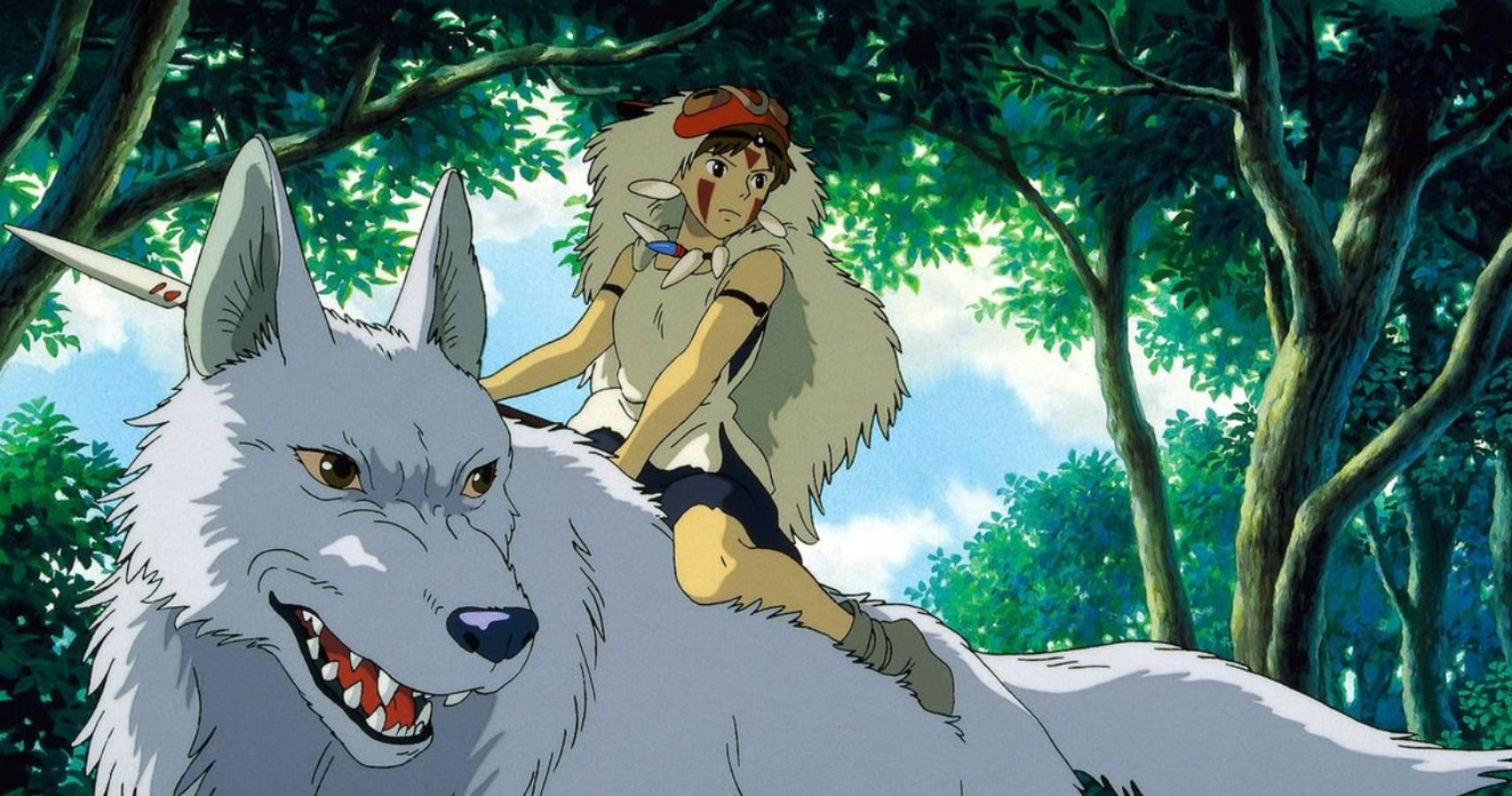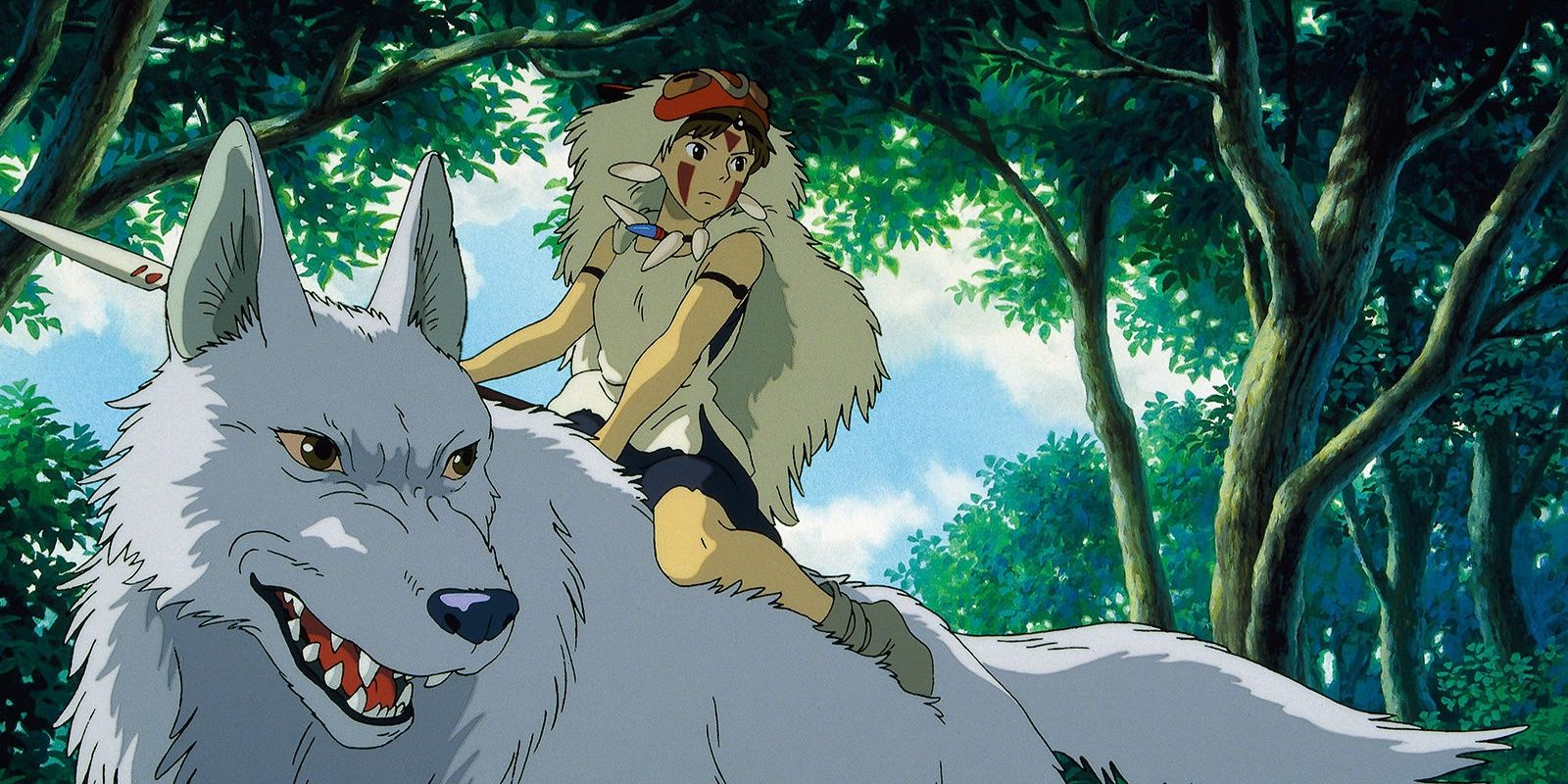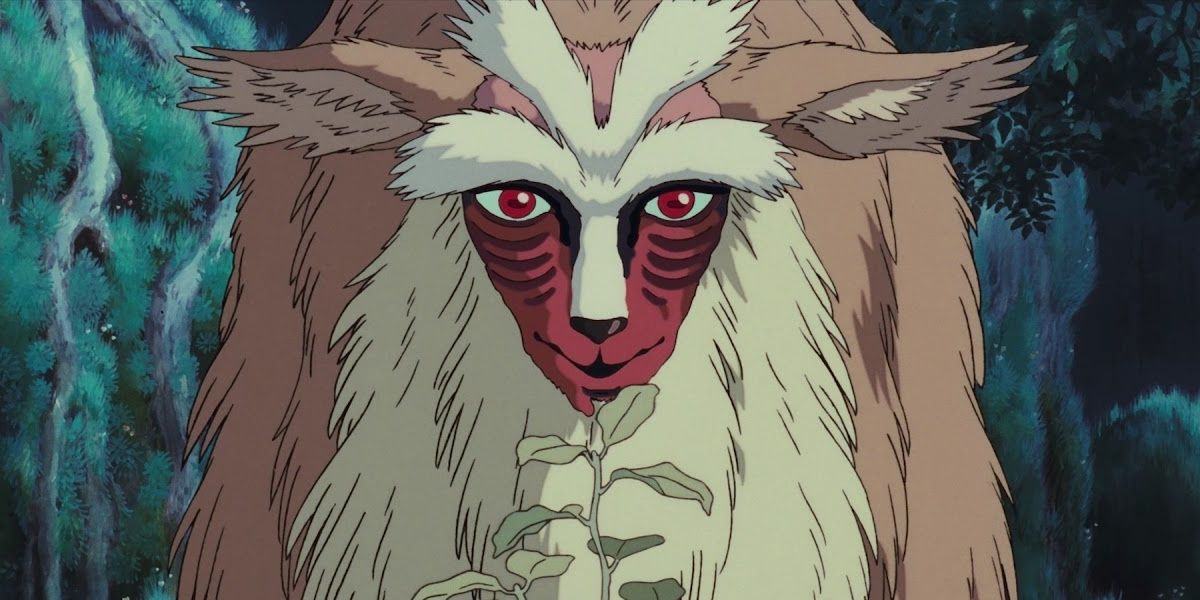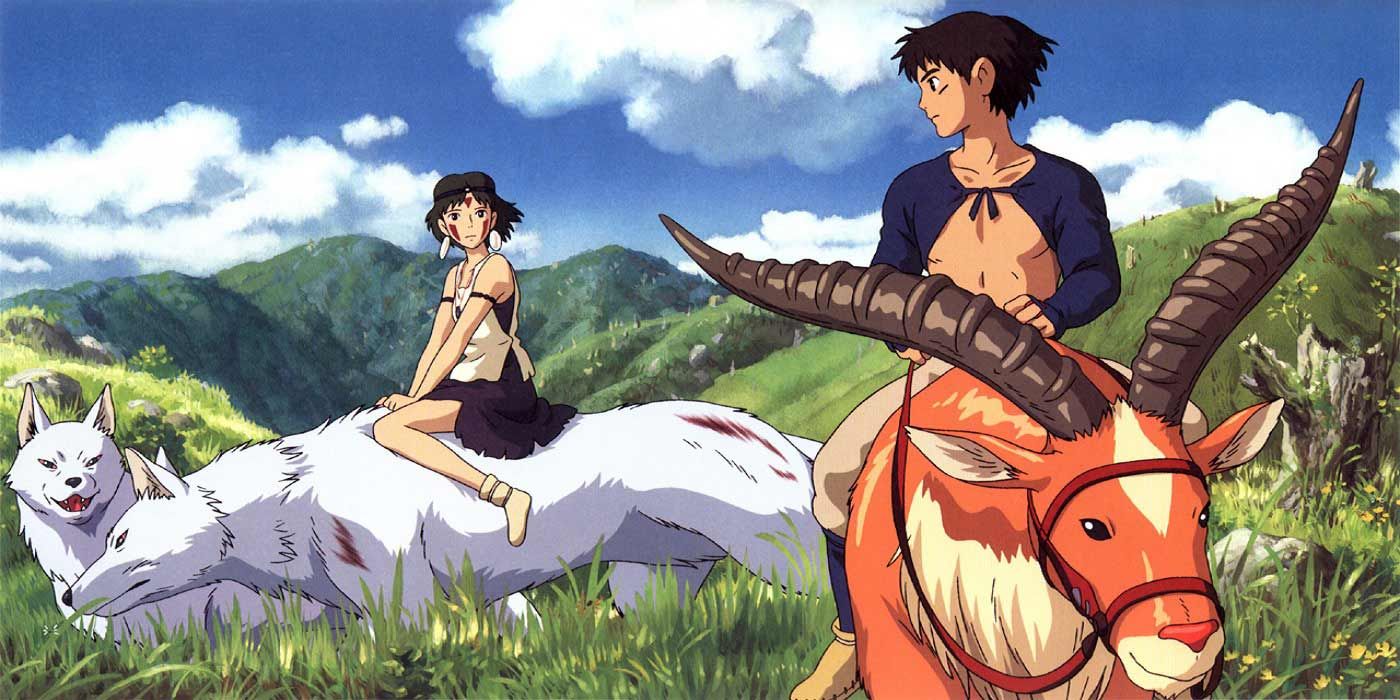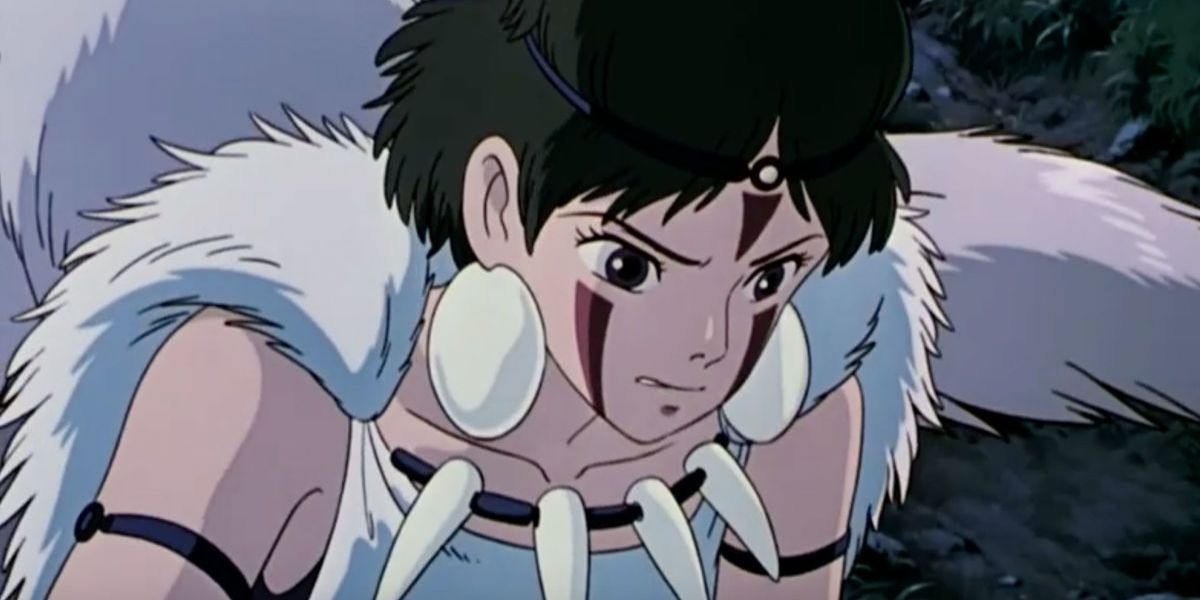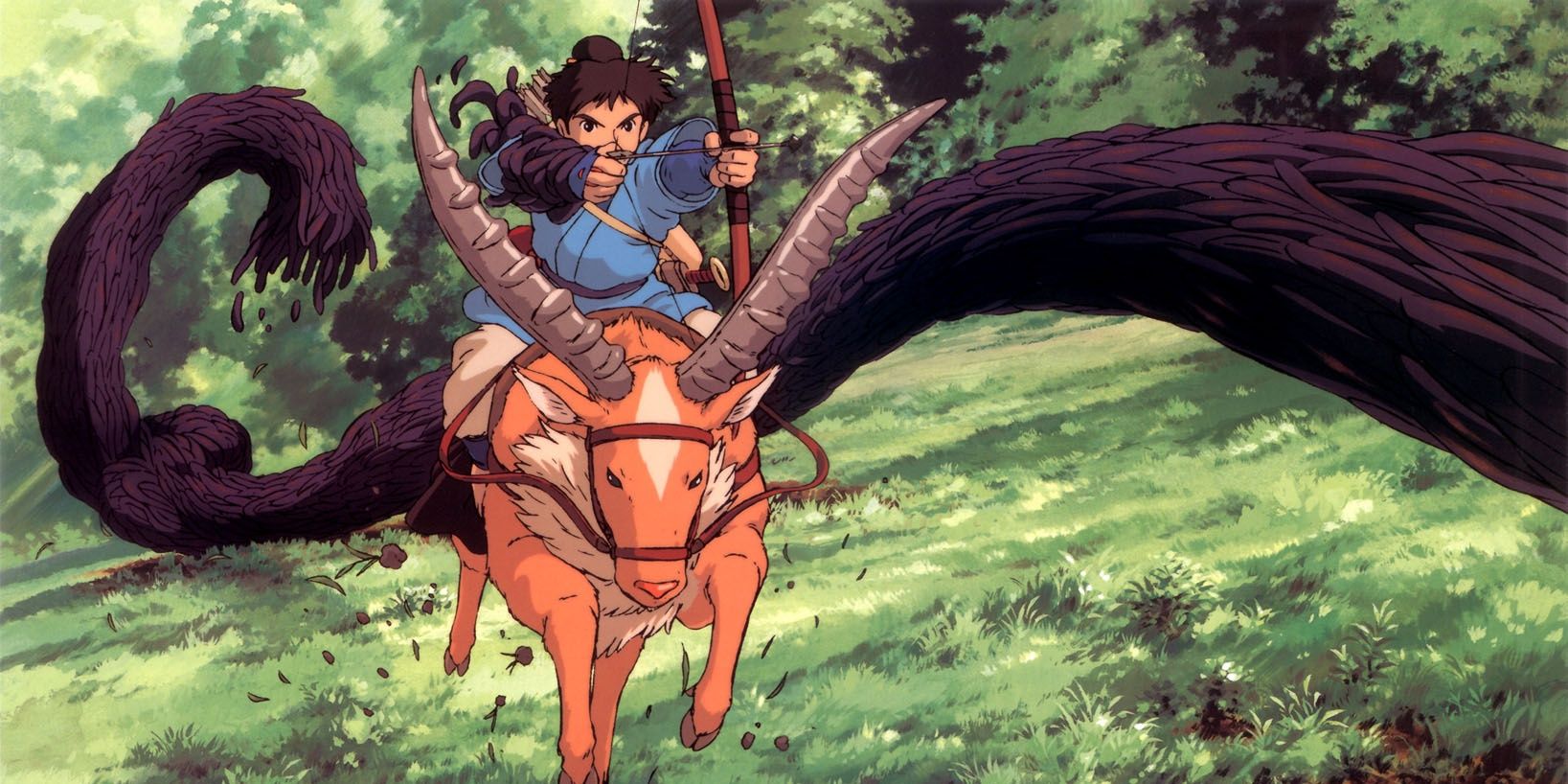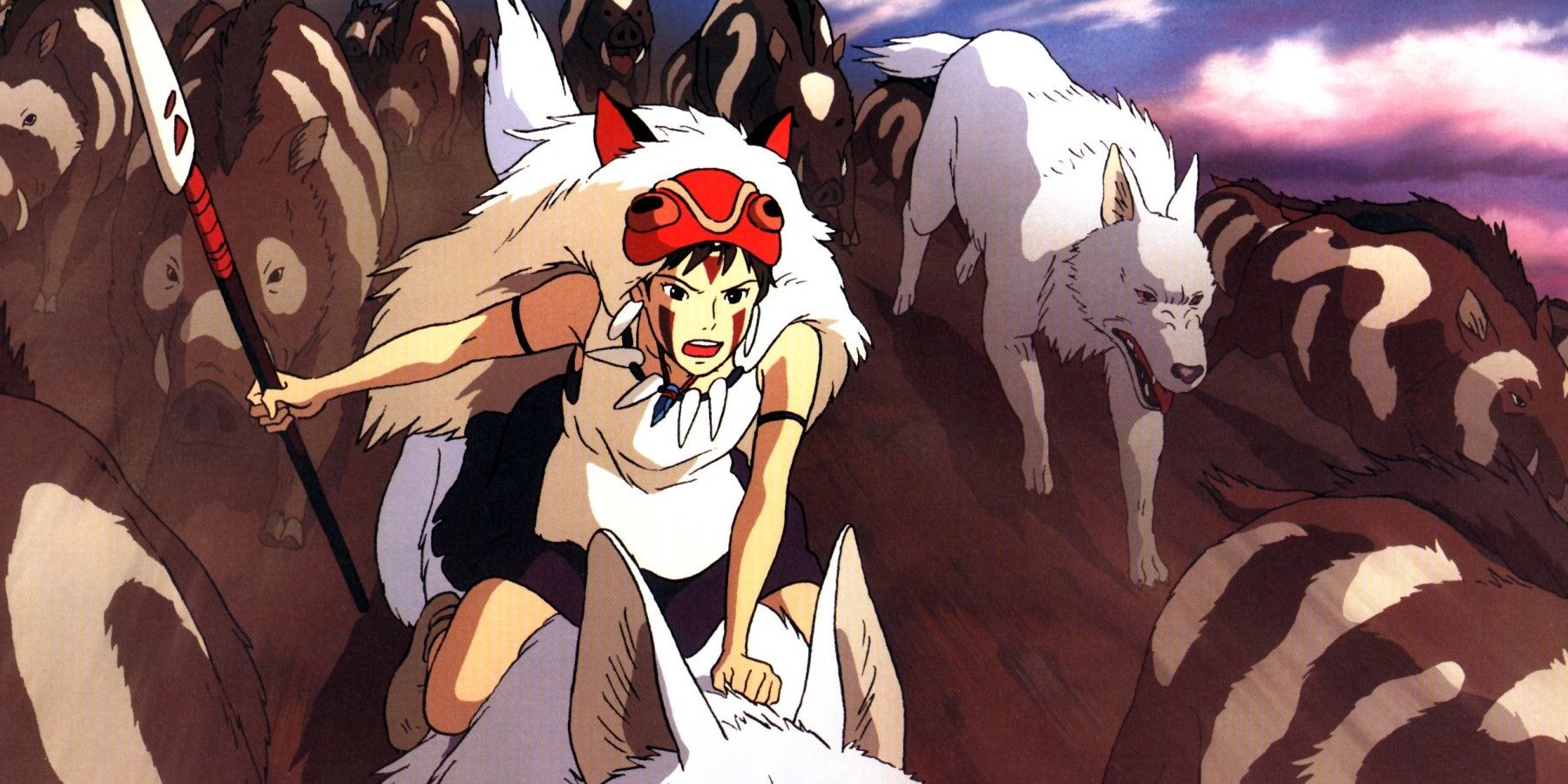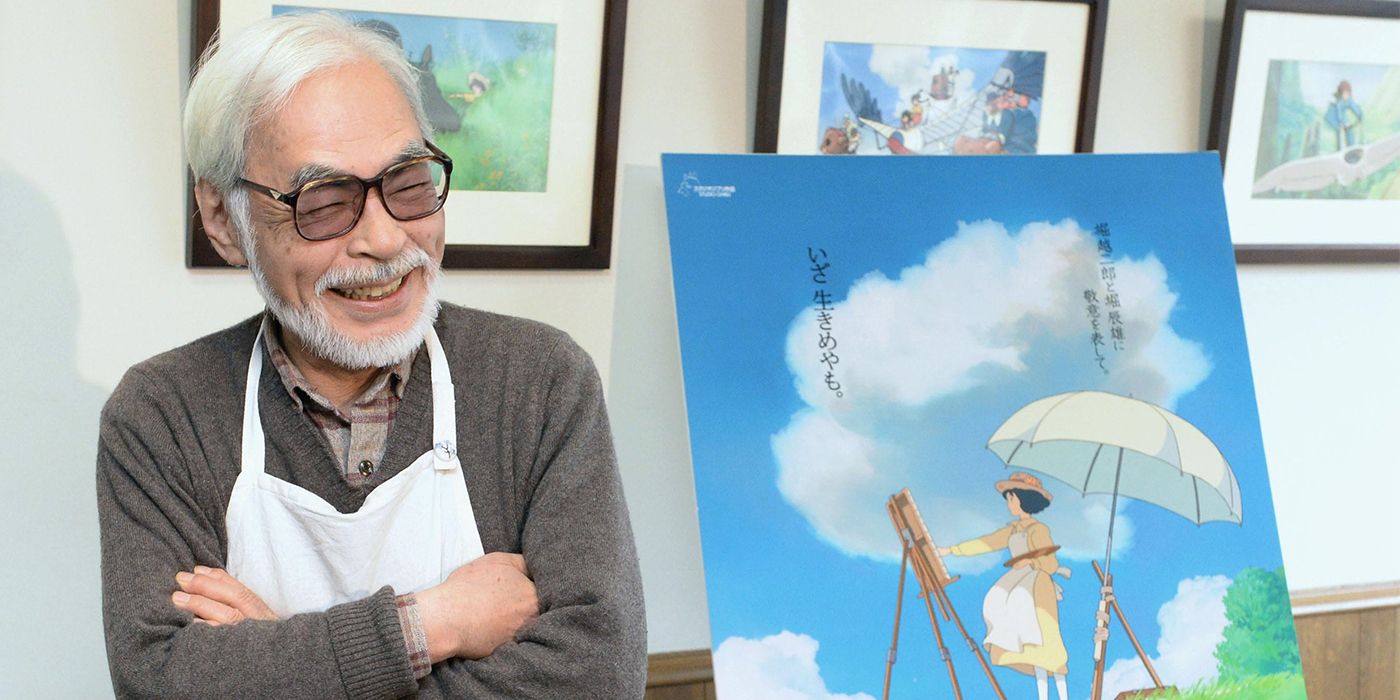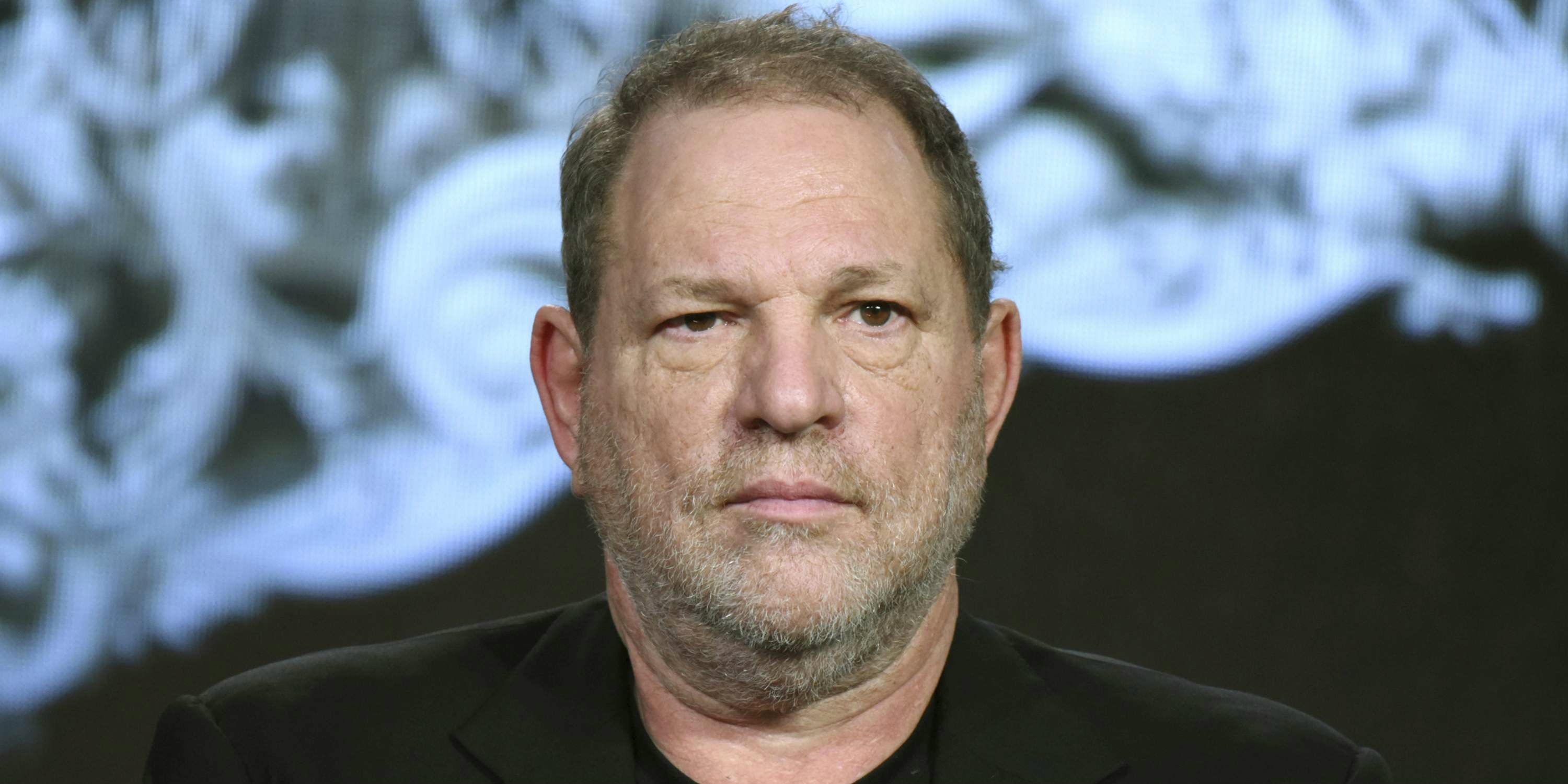Princess Mononoke is yet another classic in the Studio Ghibli pantheon. When it was first released in 1999, it became a critical and box office darling, ending up as the highest-grossing Japanese film of all time. Even today, its impact on cinema is monumental, as it's inspired countless anime films and even Hollywood blockbusters.
The film had a lengthy production history spanning more than five years, and as such, there are all sorts of interesting behind-the-scenes details from the making of the movie that give an idea of what it's like to make one of the greatest animated films of all time.
The Concept For The Film Was Created In The Late 1970s
The original idea for Princess Mononoke came from sketches drawn by director Hayao Miyazaki in the late 1970s, although he didn't actually begin production on the film until the mid-90s.
Most of his early ideas weren't included in the final product, as, during the 20-year time period between their conceptualization and the release of Princess Mononoke, they had been used by another Ghibli film, 1988's My Neighbor Totoro.
Its Inspirations
Many of Ghibli's films (Grave of the Fireflies, Nausicaä of the Valley of the Wind, Howl's Moving Castle, The Wind Rises, and Porco Rosso, to name a few) carry a staunch anti-war message. Princess Mononoke is no different, as Miyazaki was inspired to make the film by the ongoing Yugoslav Wars.
Also inspiring the film were the westerns of director John Ford, as they influenced the atmosphere and greatly assisted Miyazaki in world-building.
Location Scouting
Accompanied by a team of artists and animators, Miyazaki in 1995 traveled to the island of Yakushima and the mountains of Shirakami-Sanchi, two heavily forested locations rife with history, so that the film could have a realistic landscape.
Indeed, the natural design of Princess Mononoke's setting earned it critical acclaim and is one of the foremost reasons why the film remains relevant to this day.
The "Mononoke" Misunderstanding
The film's title, Princess Mononoke, doesn't refer to a princess named Mononoke, as some Western audiences had inferred.
Actually, "mononoke" is an ancient Japanese term referring to spirits. The name of the film's protagonist is San.
The Film Utilized Early Computer Animation
While Ghibli's releases are primarily hand-drawn, computer animation is a much faster process and therefore Miyazaki allowed it to be used - in moderation - during the film's creation. This was a tactic many studios were turning to during the rise of CGI. In 2002, Disney released Treasure Planet, which blended together traditional and computer animation in a way similar to Princess Mononoke.
Interestingly, Princess Mononoke is still only 10% CGI - most of the animation on the film was done by hand.
Some Of The Scenes Took Years To Make
Traditional animation is a long, arduous process. For instance, Ghibli's newest film, How Do You Live?, is reportedly being animated at a rate of one minute per month. However, for Princess Mononoke, one notable scene took even longer.
The part where the Tatarigami appears was so difficult for Ghibli's animators that it took them more than a year and a half to get the scene right. Props to them, though - the final version is visually stunning and appears well worth the effort.
Miyazaki Planned To Retire After The Film Was Released
Princess Mononoke was such an ambitious project for Miyazaki to take on that he originally planned to retire once it was finished. That would mean that the release of his Oscar-winning film Spirited Away in 2001 was only the first time Miyazaki came out of retirement.
The second time was after the release of his 2013 film The Wind Rises, because while he had again intended to retire, he was announced to be working on a new project once again in 2016 - his as-yet-unreleased swan song How Do You Live?.
Miyazaki Prefers A Different Title For The Film
Princess Mononoke had two different proposed titles; the first one ended up being used; the second one was The Legend of Ashitaka.
While producer Toshio Suzuki decided on the final title, he mentioned in a 2013 interview that Miyazaki had always preferred the latter option.
It Was An Influence On James Cameron's Avatar
James Cameron's Avatar was revolutionary in terms of special effects. Unlike many other live-action films from its time period that made heavy use of CGI, it still looks visually stunning.
Cameron has admitted that the heavy environmental themes found throughout Princess Mononoke were a direct inspiration on Avatar, and fans have found even more elements in common between the two, such as setting and characters.
No Cuts
In 1999, Miramax was attempting to negotiate a deal with Ghibli to release a U.S. dub of Princess Mononoke. Harvey Weinstein, co-chairman of Miramax - who was notorious even back then for heavily editing foreign releases - had proposed several cuts be made to the film, most notably dampening its ties to Japanese history and its heavy environmental message.
Miyazaki's producer made it clear to Weinstein that he didn't want the film to be messed with, sending the mogul an authentic katana, attached to which was a note - reading simply "no cuts."

